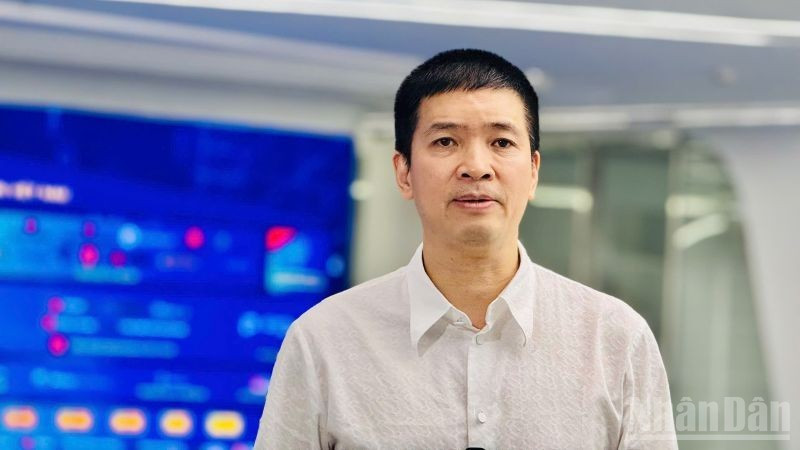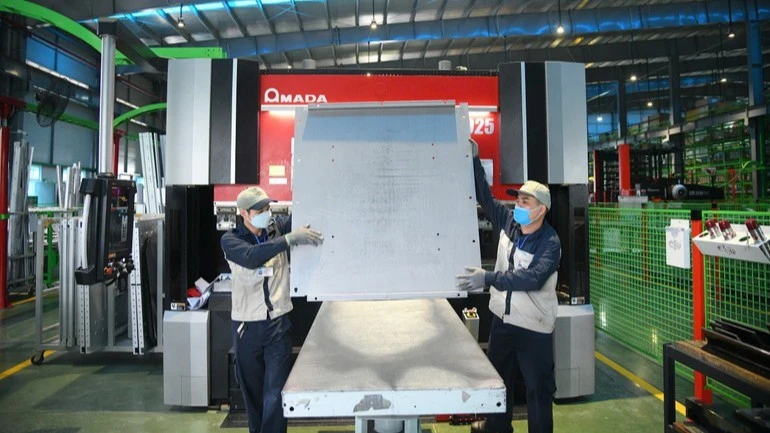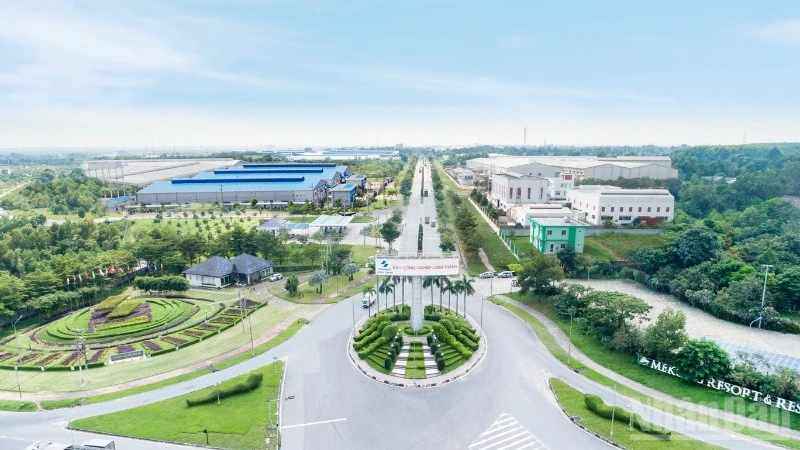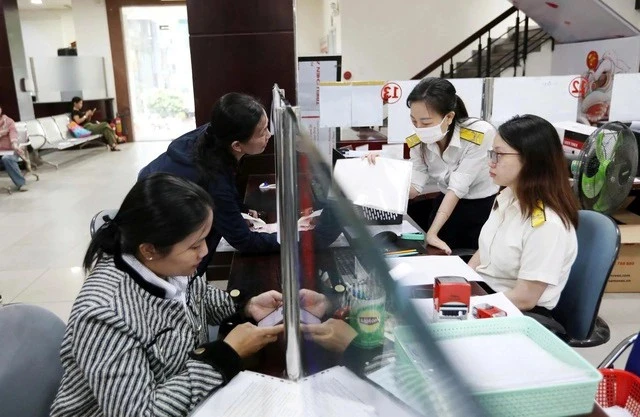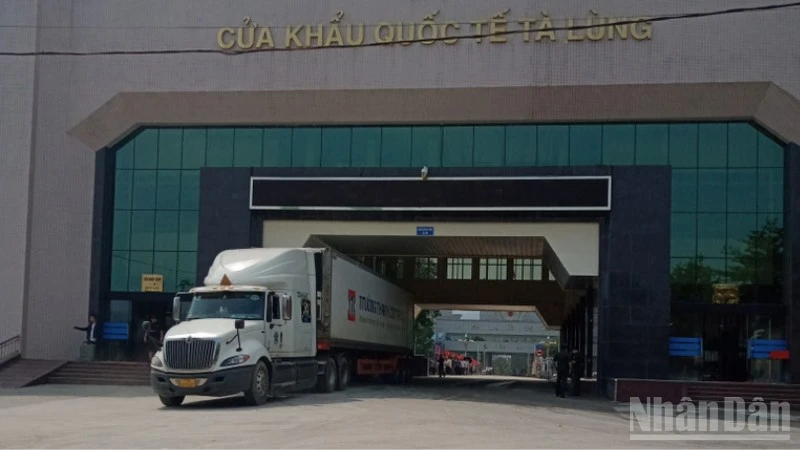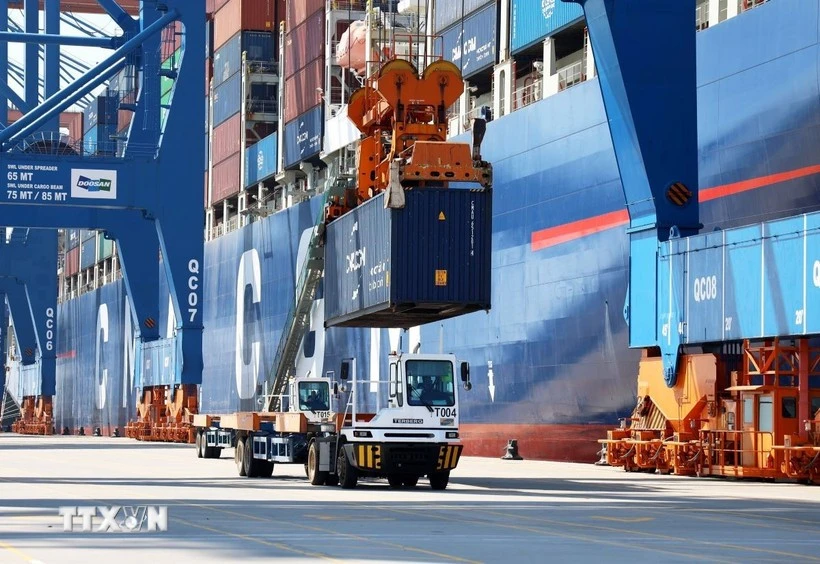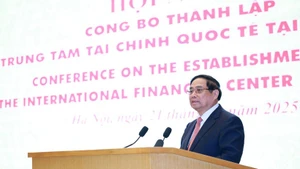Speaking to Nhan Dan Newspaper, Phan Duc Trung, Chairman of the Viet Nam Blockchain and Digital Asset Association, emphasised that this initiative will help ensure Viet Nam remains in the “safe zone” for anti-money laundering, while laying the foundations for a transparent, sustainable, and globally competitive digital asset market.
Q: How do you evaluate the Government’s Resolution No. 5/2025/NQ-CP, issued on 9 September 2025, piloting digital assets?
A: This is a long-awaited resolution by the market community. As early as the first quarter of 2025, the Prime Minister directed the Ministry of Finance to finalise the document to establish a legal basis for the market. Notably, it is the first guiding document for implementation following the enactment of the Digital Technology Industry Law on 14 June 2025, which will take effect from 1 January 2026.
Resolution No. 5/2025/NQ-CP is not only a critical legal step but also reflects the strong determination of the Party and Government to promote innovation, drive national digital transformation, and gradually build a transparent and globally integrated digital asset market.
Q: The resolution requires digital assets to be linked to real-world assets to ensure transparency. What is your view?
A: Viet Nam’s approach divides digital assets into two categories: those linked to real-world assets (RWAs) such as land, real estate, and commodities; and those not linked. This aligns with global trends. A Boston Consulting Group report forecasts that RWAs could account for 10% of global GDP by 2033—equivalent to 19 USD trillion—and Viet Nam will undoubtedly be part of this flow.
As this is a pilot, it cannot cover every entity, but the initial regulations are already very detailed: charter capital requirements, security, management personnel standards, and even shareholder ratios in the early stage. This provides a crucial foundation for establishing a transparent and safe market.

Q: One of the operational standards of the market is safety control and ensuring transparency. In your opinion, how should the involved parties coordinate to implement this?
A: 2025 marks the digital asset market’s rapid maturity, but it is also the first year of official operation, so challenges remain. With Resolution No. 5/2025/NQ-CP, fundraising via digital assets will move out of the “grey zone” into legality, under supervision and transparency.
If, during the pilot, regulations or practices fall short of expectations, that will be an opportunity to adjust and improve mechanisms, ensuring capital flows circulate transparently and safely. I believe that with a synchronised implementation process, the implementation of the policy will become increasingly effective, thereby shaping exchanges of greater scale, compliance, and sustainability.

Q: In your opinion, with the implementation of this resolution, what opportunities and challenges do we face? Specifically, how will the association work to bring the Resolution into practice?
A: The opportunity is clear: we can bring hundreds of billions of US dollars in capital annually from informal channels into the legal framework, attract foreign investment, reduce fraud, and create a transparent environment for investors. The biggest challenge, however, is human resources.
Viet Nam’s digital asset market currently has tens of millions of participants (according to data from Triple A and Chainalysis), yet it lacks well-trained and high-quality personnel. Fraud and scams involving tens or even hundreds of millions of US dollars have become common, while regulators and operating businesses are still constrained in terms of both manpower and technology.
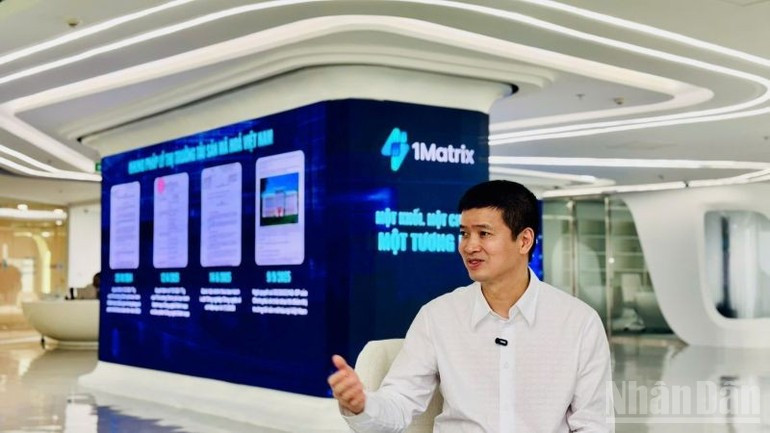
This is the bottleneck we must resolve to build a truly transparent and efficient market. I believe the market needs three to five years to mature, but with decisive and correct implementation, we can shorten this cycle to two to three years, instead of ten as in pioneering countries.
Besides Resolution No. 5/2025/NQ-CP, we are awaiting detailed technical standards. In the early phase, the five licensed exchanges must actively work with regulators to refine processes and set practical standards, rather than passively waiting for state-issued directives.
Q: Safety and security are top concerns. What is your assessment?
A: In terms of safety and security, I believe that most attacks are not caused by web3 technology but mainly stem from human factors. The history of the global market has seen many costly lessons from digital asset exchange attacks. The common thread in those incidents was governance loopholes, internal control weaknesses and human factors, rather than technological flaws. Therefore, the Resolution’s requirement for level-4 security standards is a sound step, reflecting a serious commitment from both the State and businesses.
Q: Do you expect a new wave of investment in this promising yet high-risk digital asset market?

A: I believe the digital asset market will indeed welcome a new wave of investment, but it will not erupt immediately; rather, it will unfold cautiously and selectively. In the initial phase, the market will attract international investors—those with experience in major markets—and Vietnamese investors who have engaged abroad. Although five exchanges have been licensed for pilot operation, I anticipate that only about three will have the capacity to operate effectively.
The most important point is that the pilot’s objective is not short-term profit but rather to serve as a test for the State to complete the legal framework, ensuring that Viet Nam remains in the “safe zone” for anti-money laundering, while laying the foundations for a transparent, sustainable, and globally competitive digital asset market.
Reporter: Thank you very much!
